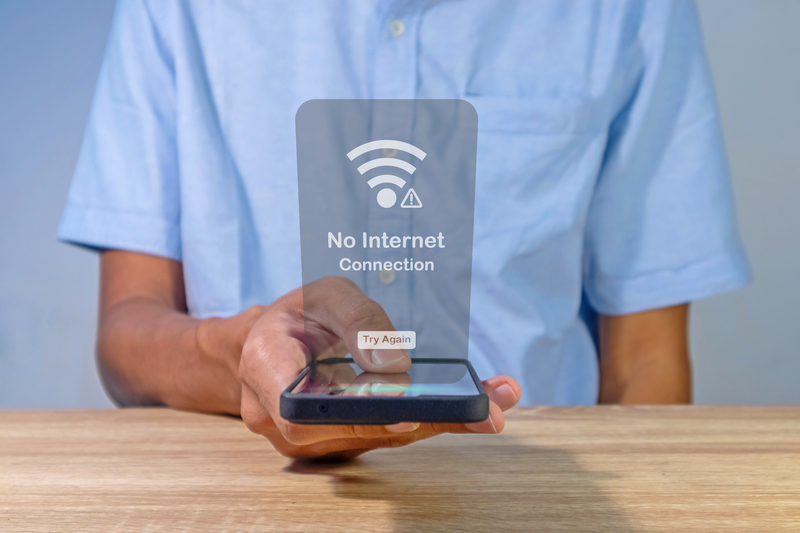In 2021, President Biden appointed Vice President Kamala Harris to lead a major initiative aimed at closing the digital divide in the United States. The administration set aside a staggering $42 billion for this effort, which was supposed to connect millions of Americans—especially in rural areas—to high-speed internet. At the time, this program was heralded as a game-changer, with promises of delivering broadband to the 35% of rural America still without access. Biden’s plan would supposedly not only boost connectivity but also create thousands of good-paying jobs and enhance the country’s ability to compete in the digital economy.
Fast forward to 2024, and the initiative is under fire. Headlines ask a brutal question: why has the $42 billion program not connected a single household? This revelation, if true, has caused frustration and outrage, particularly in rural areas that were promised broadband access. With the Biden-Harris administration in office for almost four years, the fact that no homes have been connected feels like a colossal failure.
Critics, including those in Congress, have accused the administration of focusing on the wrong priorities. Instead of a streamlined, efficient approach to getting people online, the program has reportedly been bogged down by red tape, delays, and an overemphasis on progressive policy goals. According to testimony in a recent hearing, issues like Diversity, Equity, and Inclusion (DEI) requirements, climate change agendas, and preferences for government-run networks have overshadowed the program’s core mission. In short, the broadband rollout has been described as chaotic and dysfunctional, with no clear roadmap for success.
This failure has sparked a new debate about why the administration hasn’t delivered on its promises. Comparisons to the previous administration’s approach to broadband are frequently drawn, especially regarding Elon Musk’s Starlink satellite internet service. Under the Trump administration, the FCC awarded Starlink $885 million to connect more than 600,000 homes and businesses in rural America. Starlink, a relatively cost-efficient service, was supposed to provide internet at a cost of about $1,300 per home. However, after President Biden publicly criticized Musk, the FCC revoked the Starlink award, raising eyebrows. Critics argue that this decision was politically motivated and has only slowed down the country’s efforts to bridge the digital divide.
Meanwhile, costs for broadband expansion under Biden have spiraled out of control. Some reports claim that the administration is spending as much as $100,000 per household to provide broadband access, a far cry from Starlink’s more economical approach. The numbers alone suggest a serious misallocation of resources, further fueling frustration with Harris’s leadership on this issue.
To make matters worse, while rural Americans are left without high-speed internet, Kamala Harris has announced plans to help expand internet access in Africa, aiming to increase coverage there from 40% to 80%. This announcement has been viewed as poorly timed and tone-deaf by many, particularly in light of the domestic failure. While helping underserved regions globally is a noble cause, the optics of focusing on African internet access while millions of Americans remain disconnected has led to serious backlash.
At its core, the Biden-Harris broadband plan was meant to empower Americans and enhance the country’s digital infrastructure. Yet, almost four years later, the initiative seems to have stalled. With the 2024 election cycle ramping up, the failure to deliver on this key promise could pose a significant political challenge for the administration. Whether they can turn it around remains to be seen, but for now, the program serves as a cautionary tale of big promises, bigger budgets, and the pitfalls of mismanagement.

